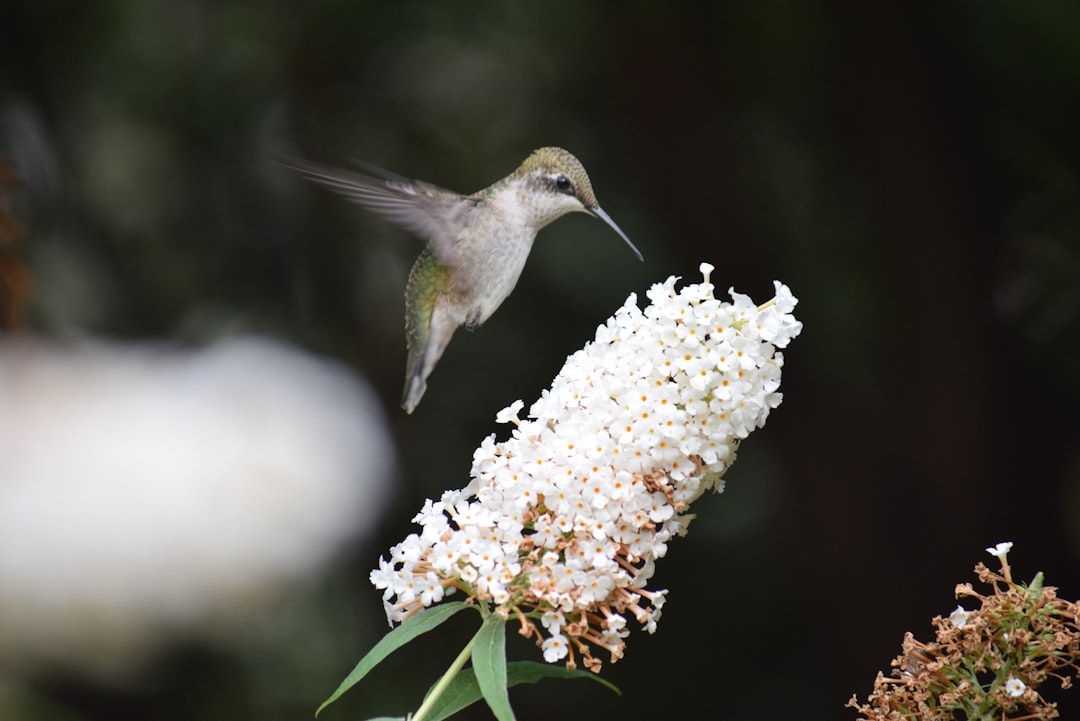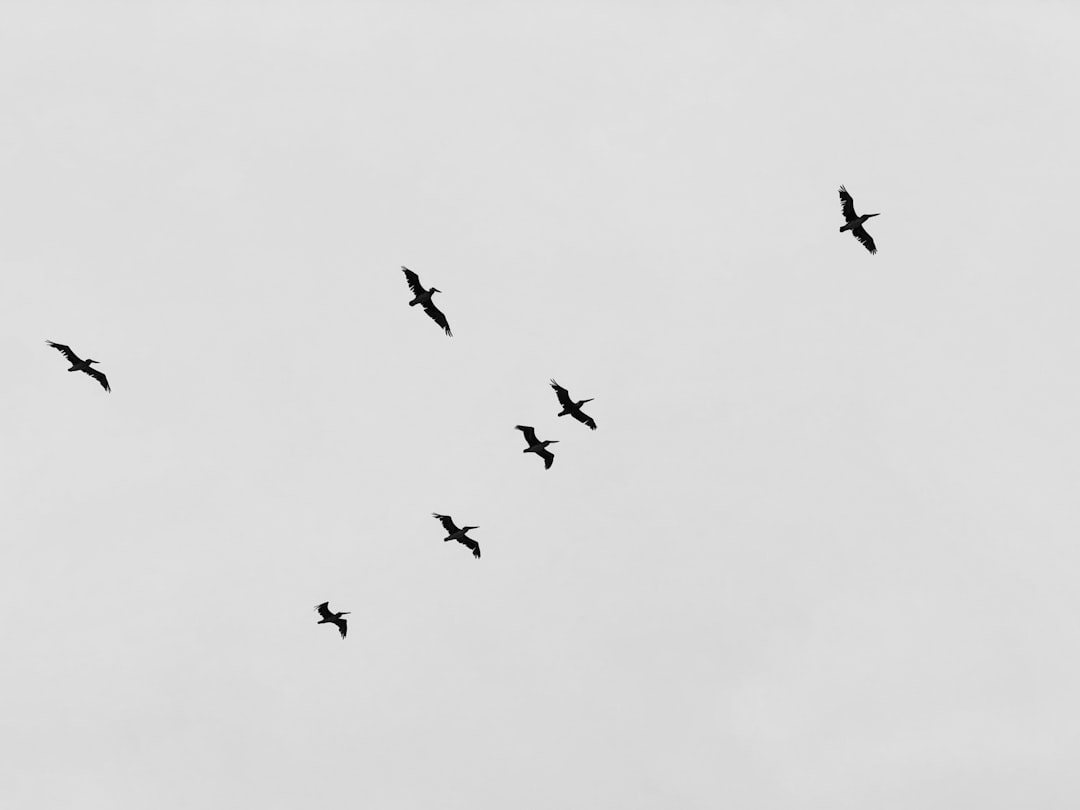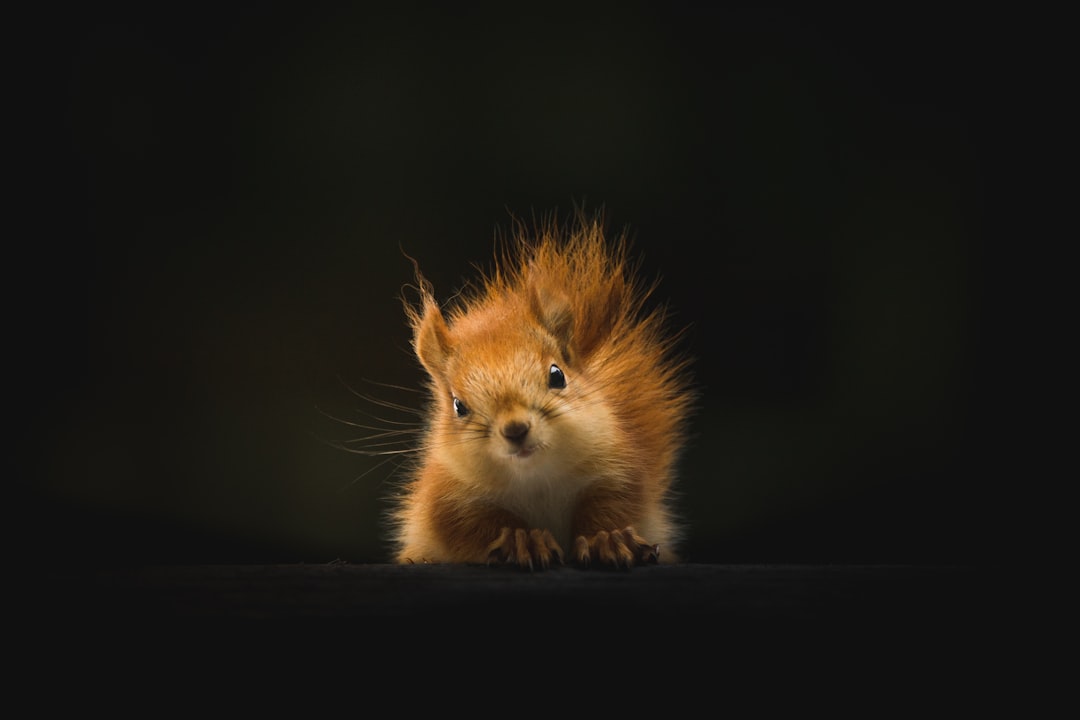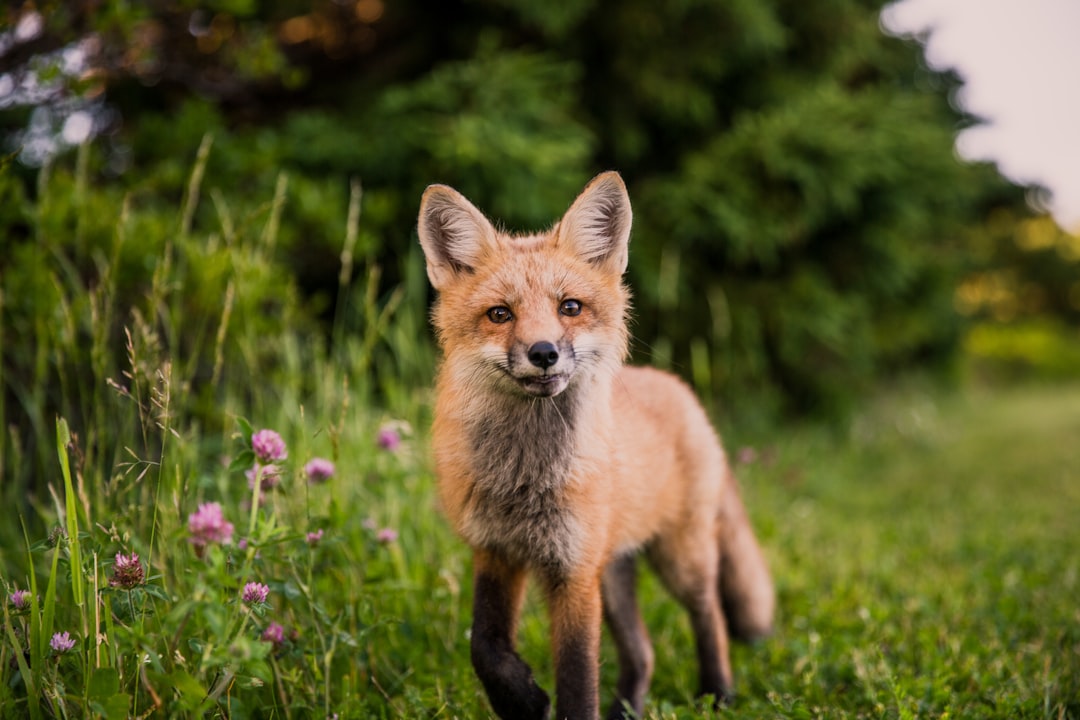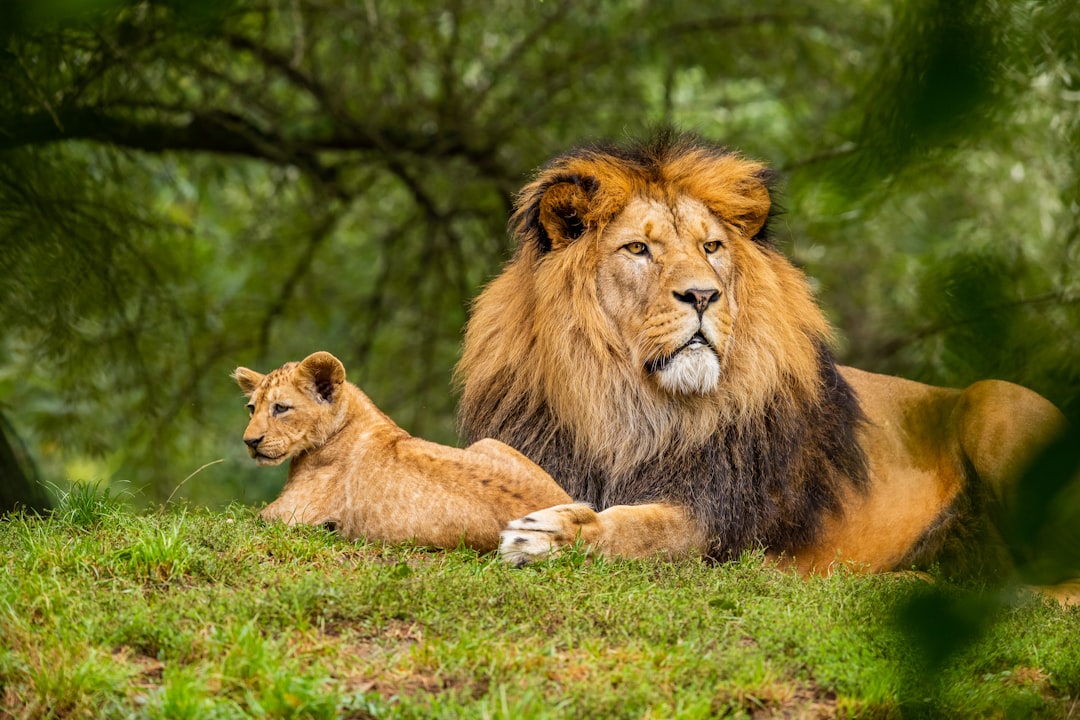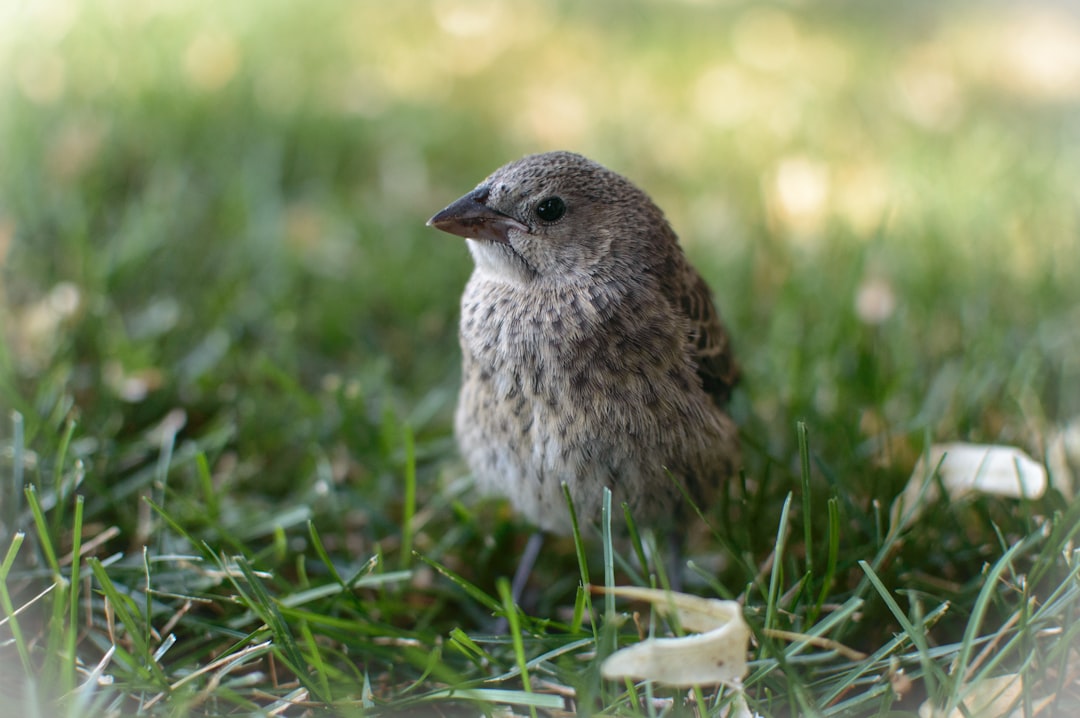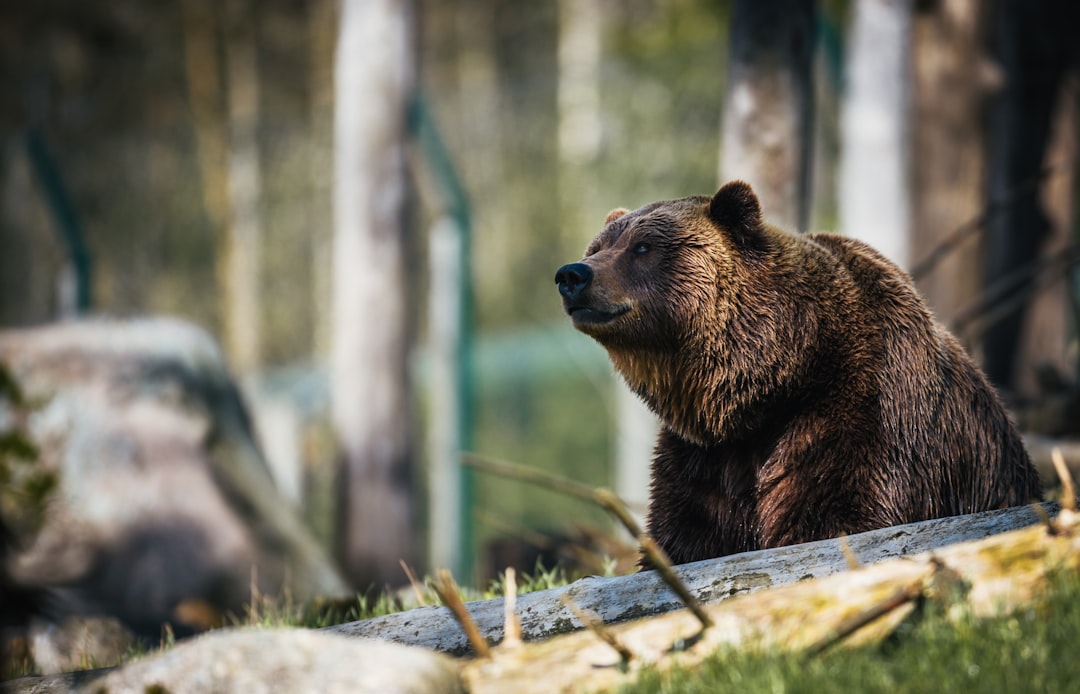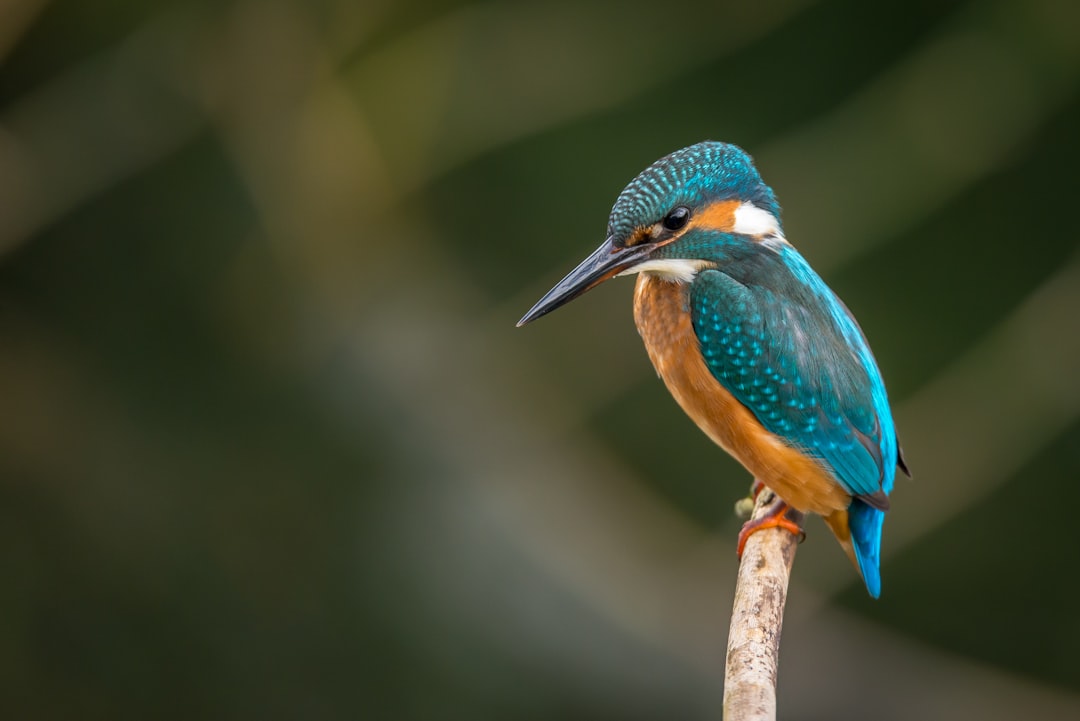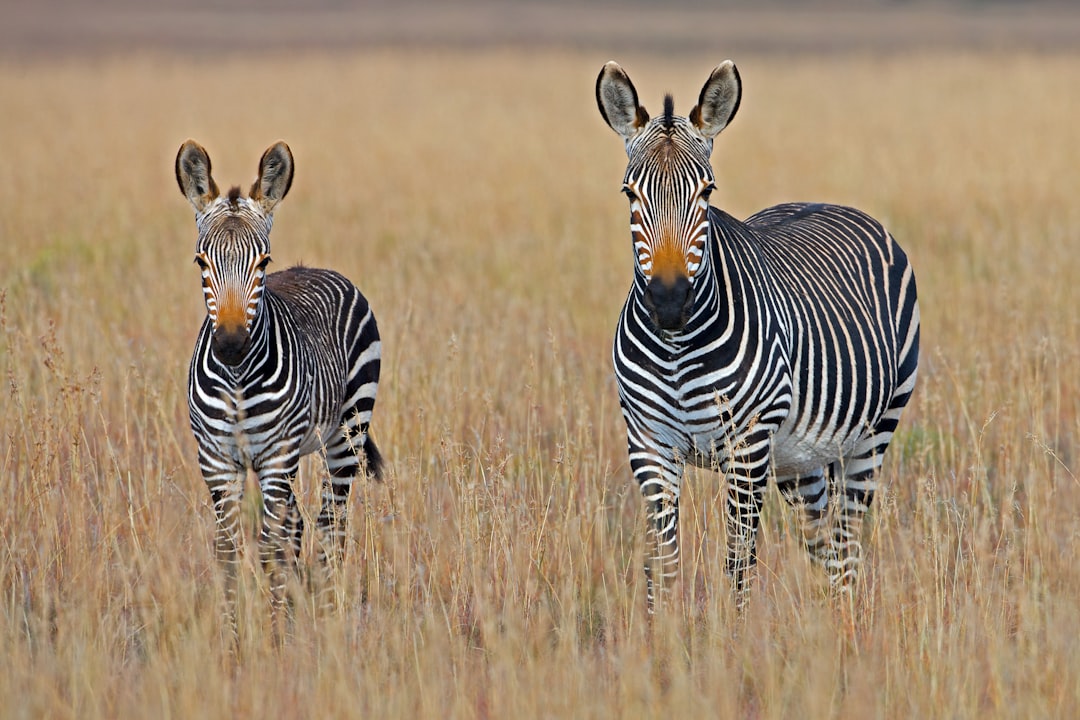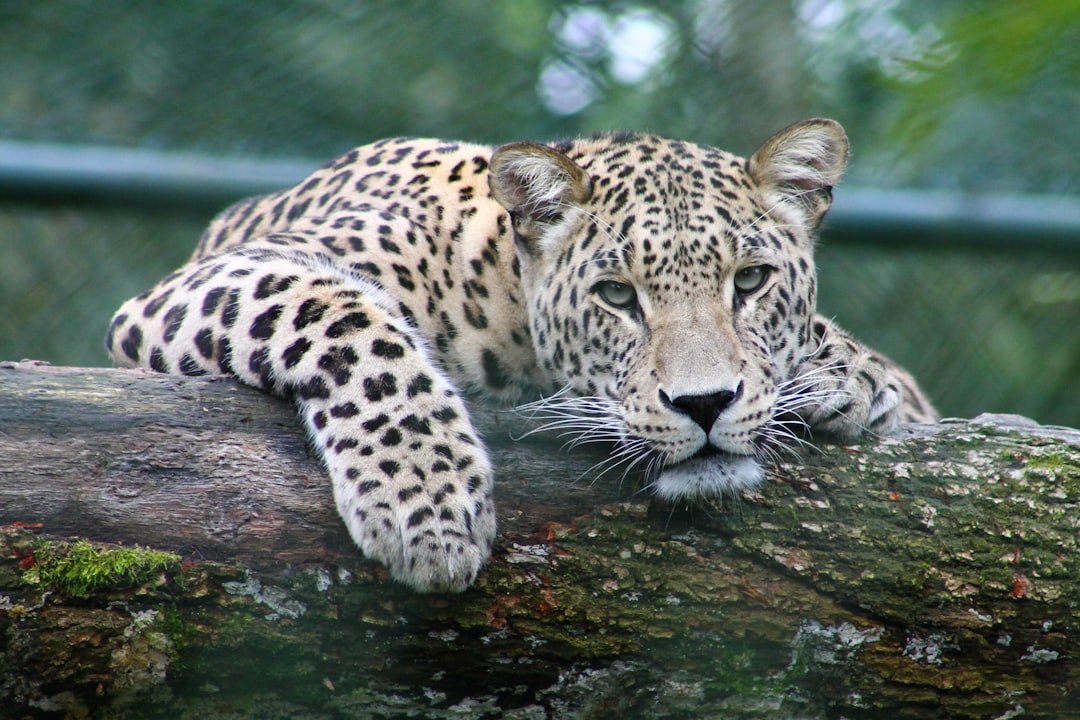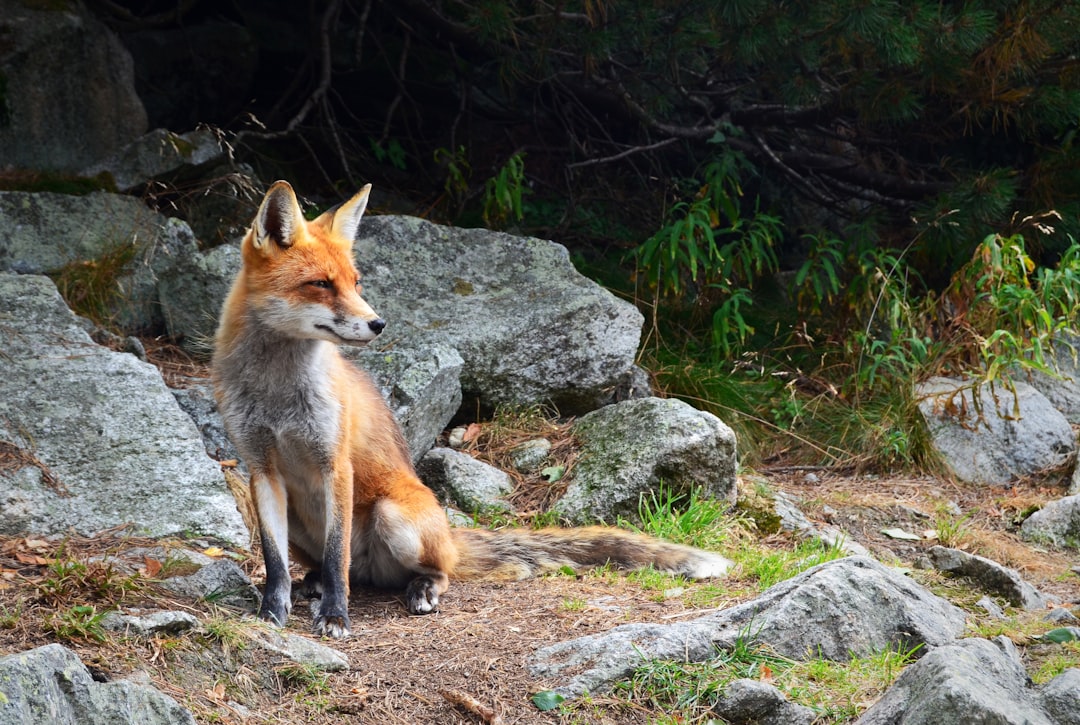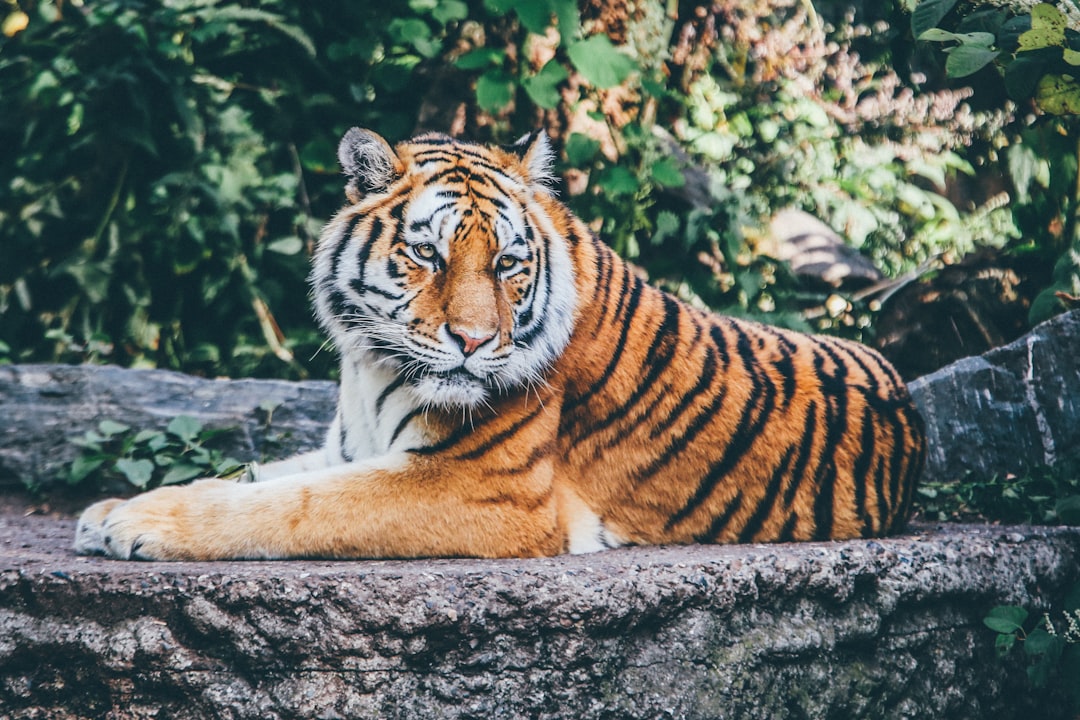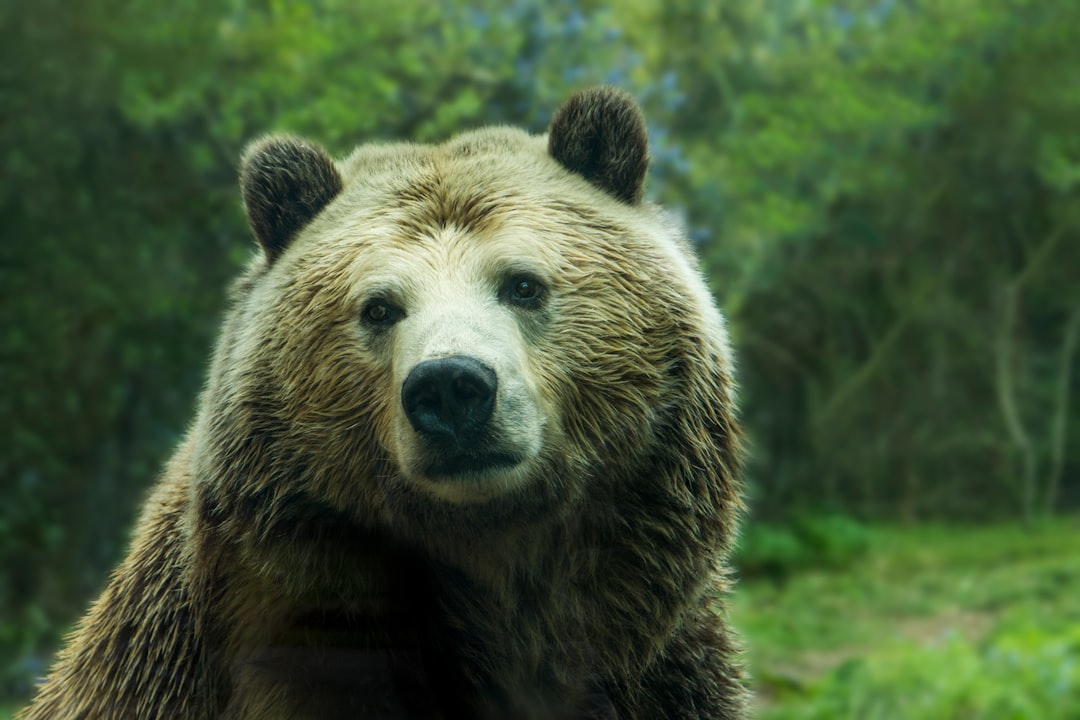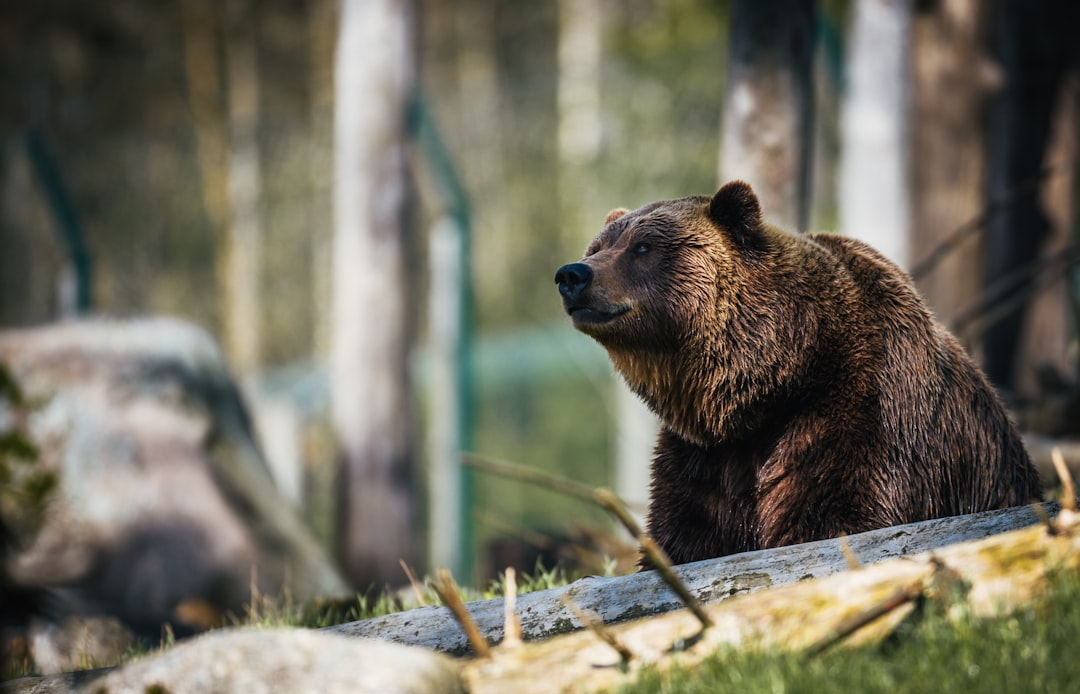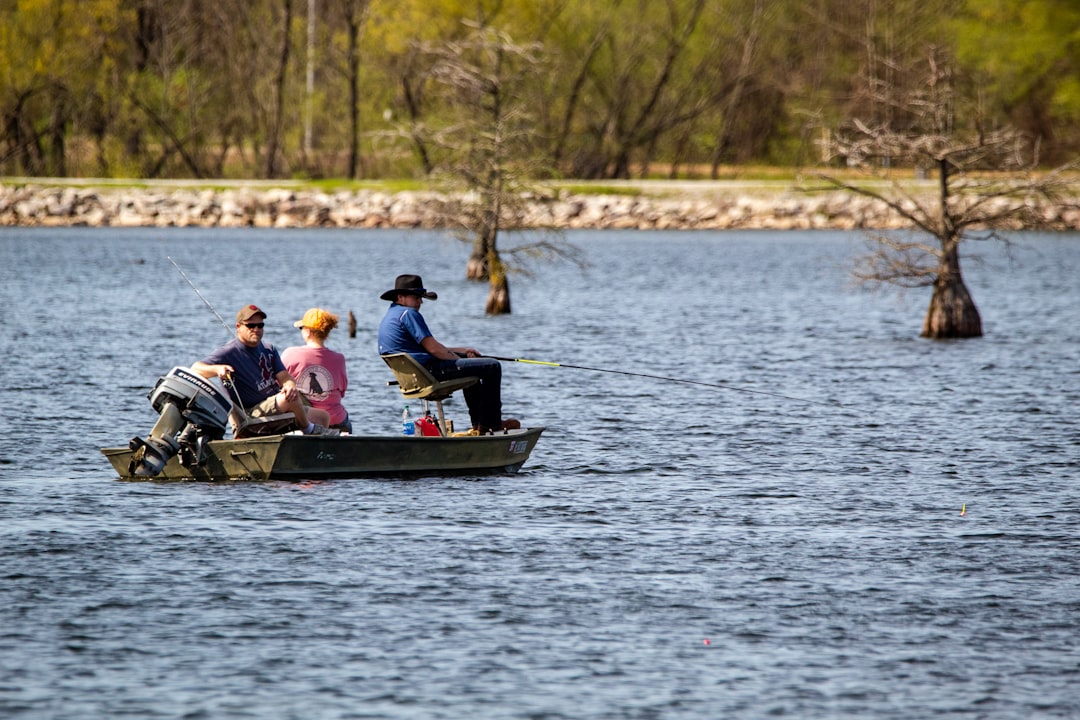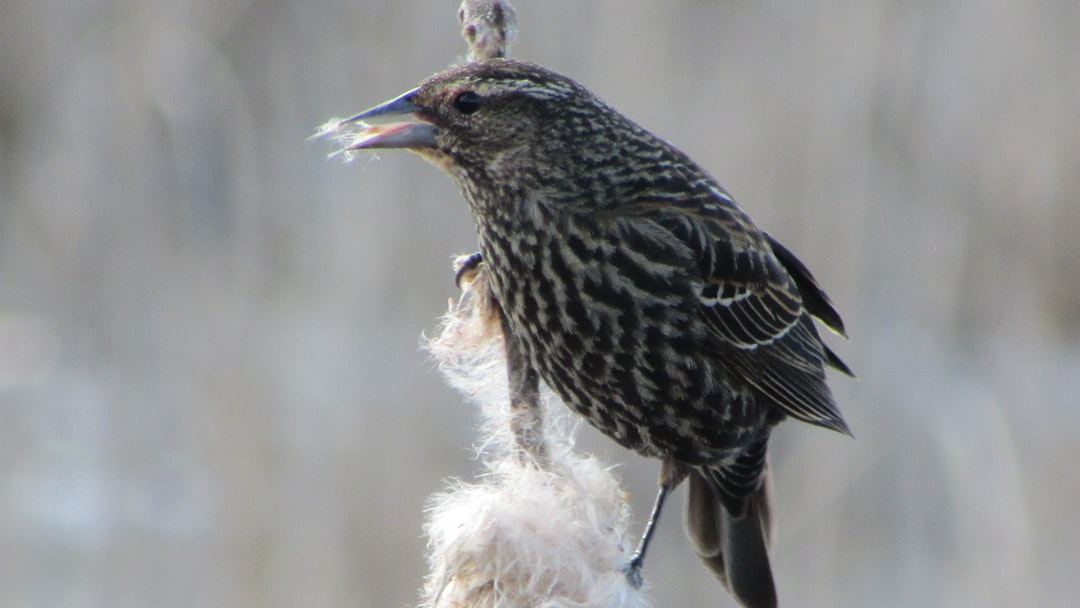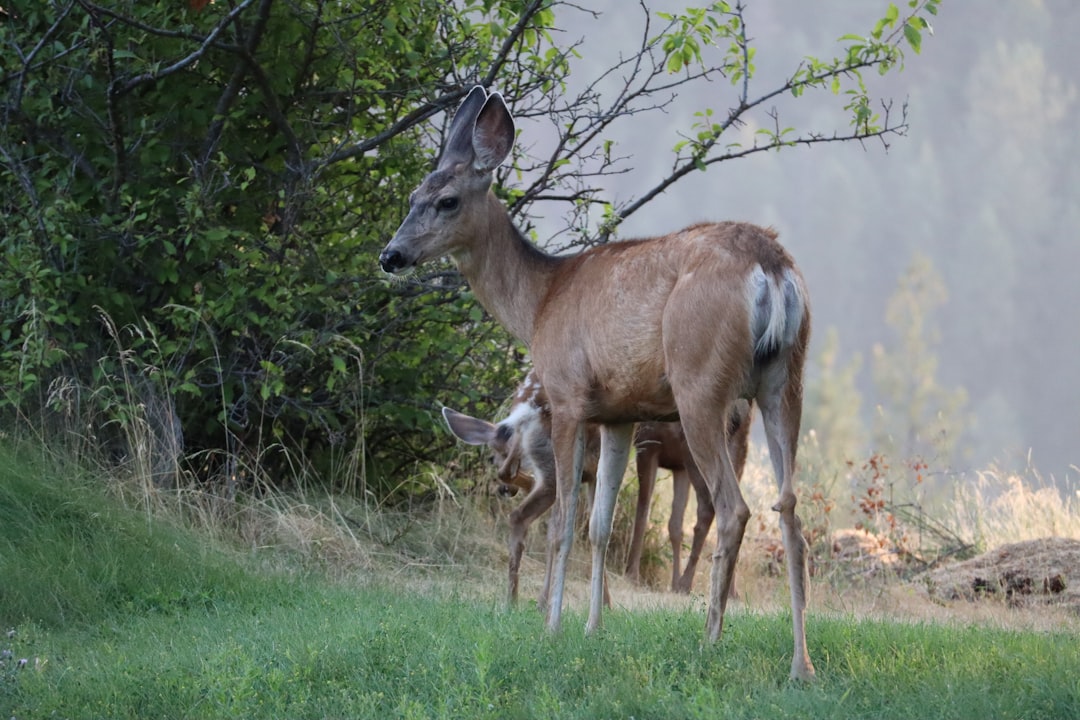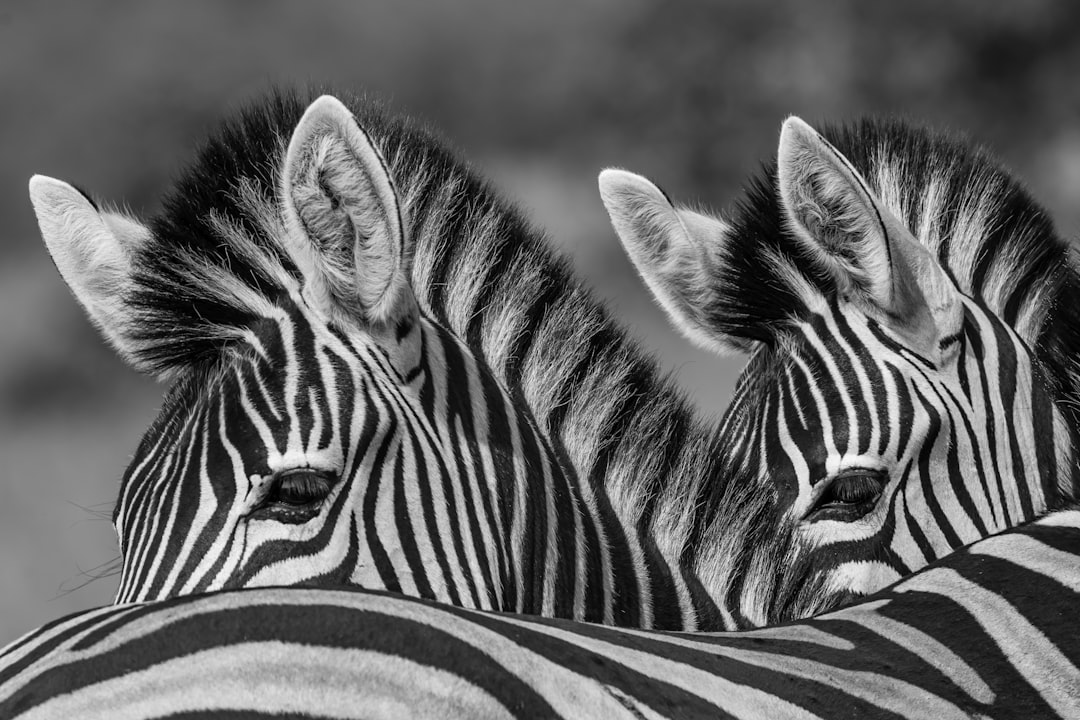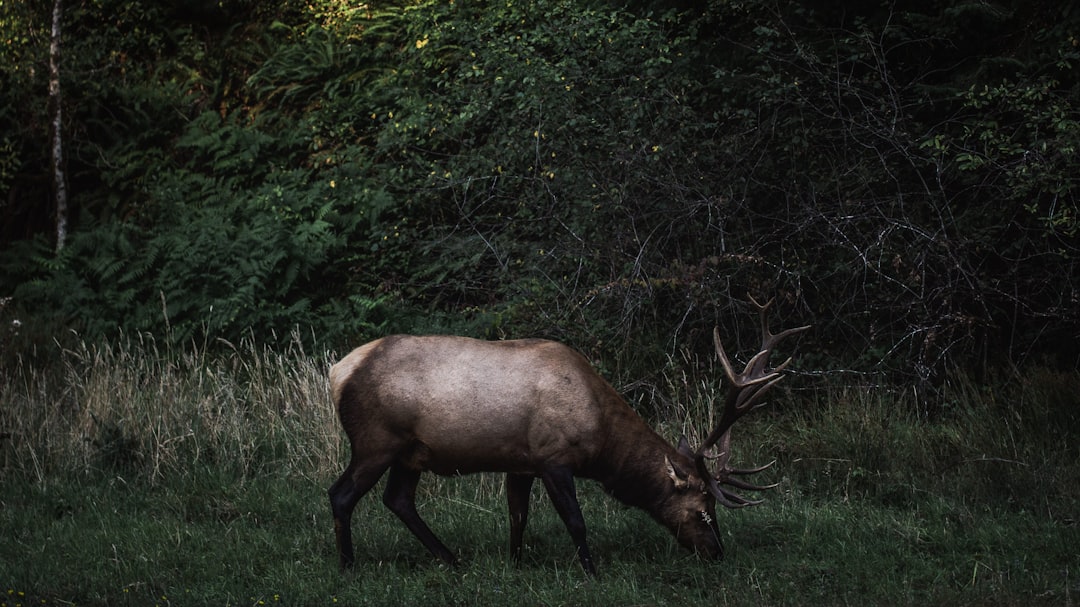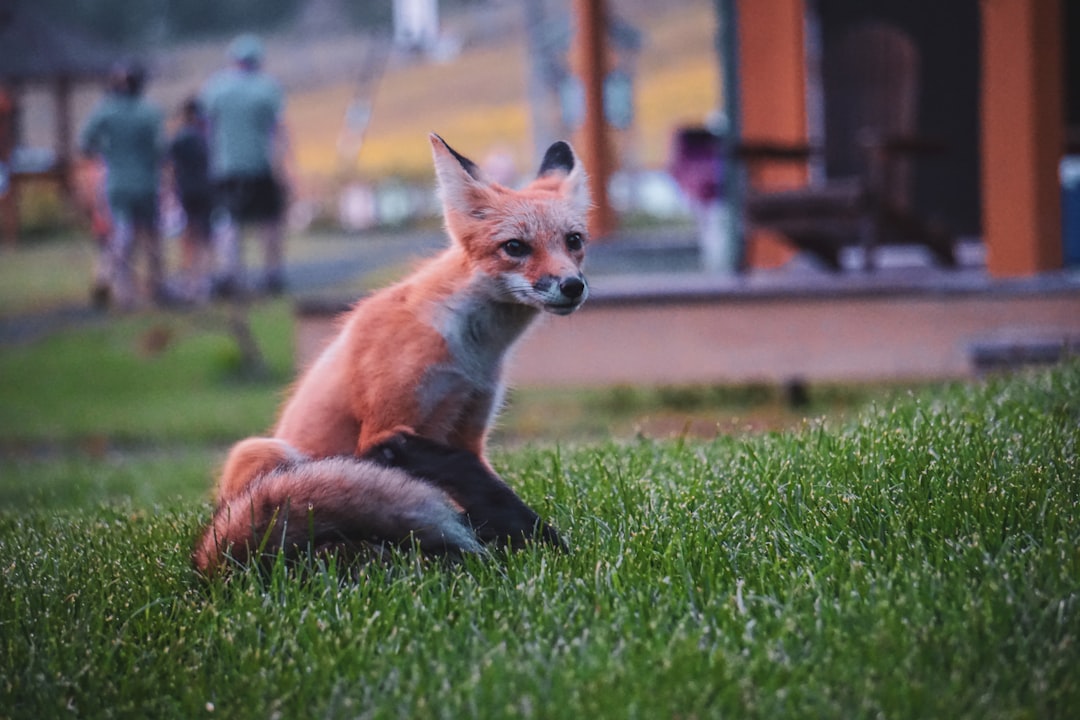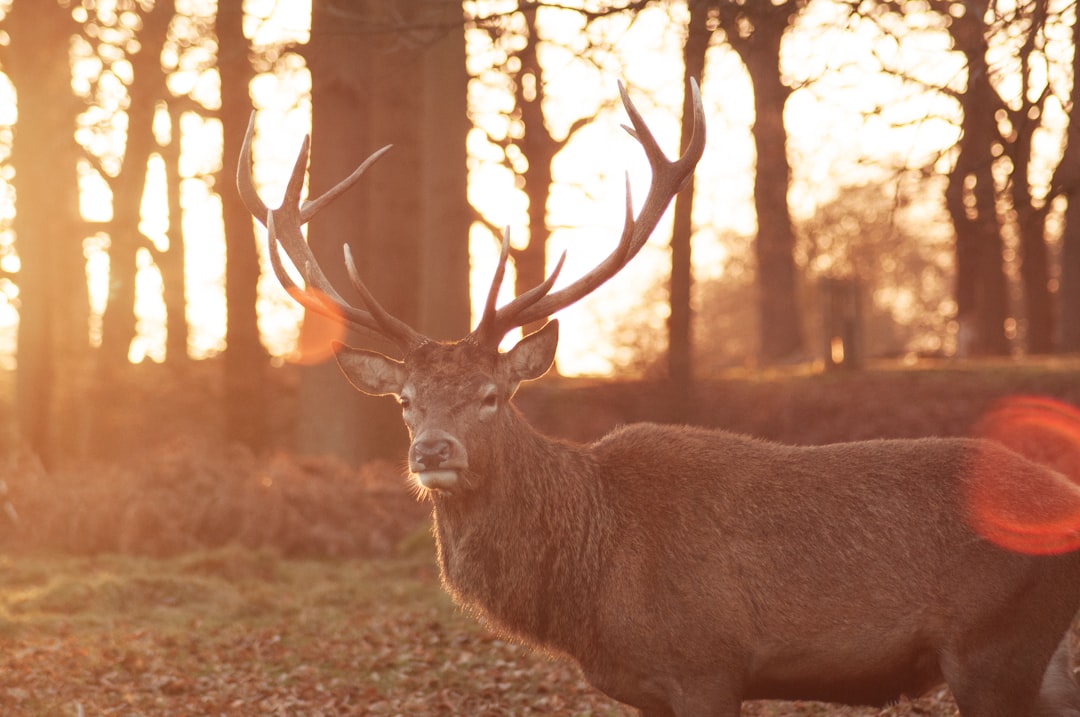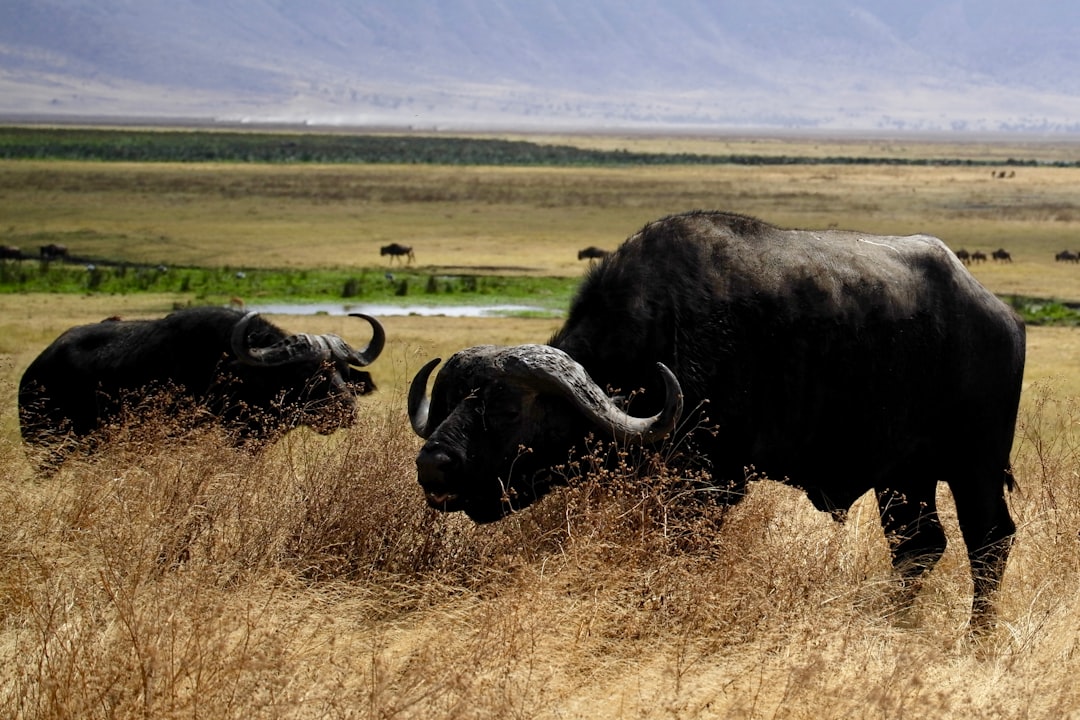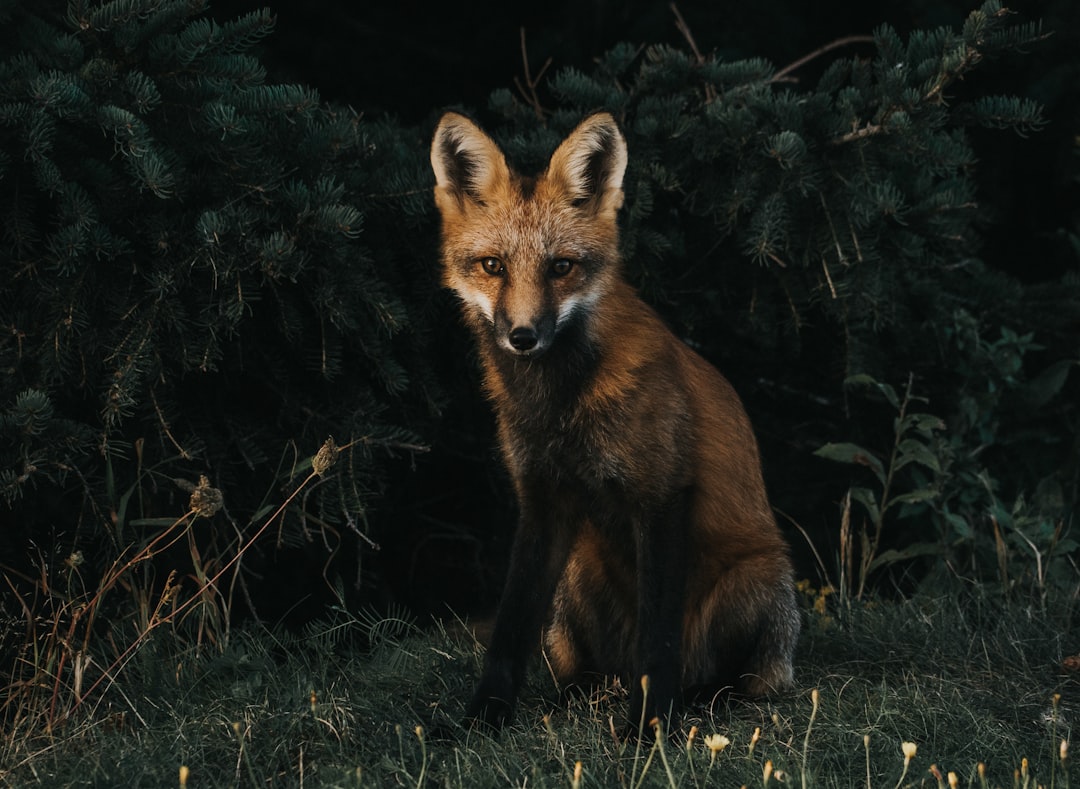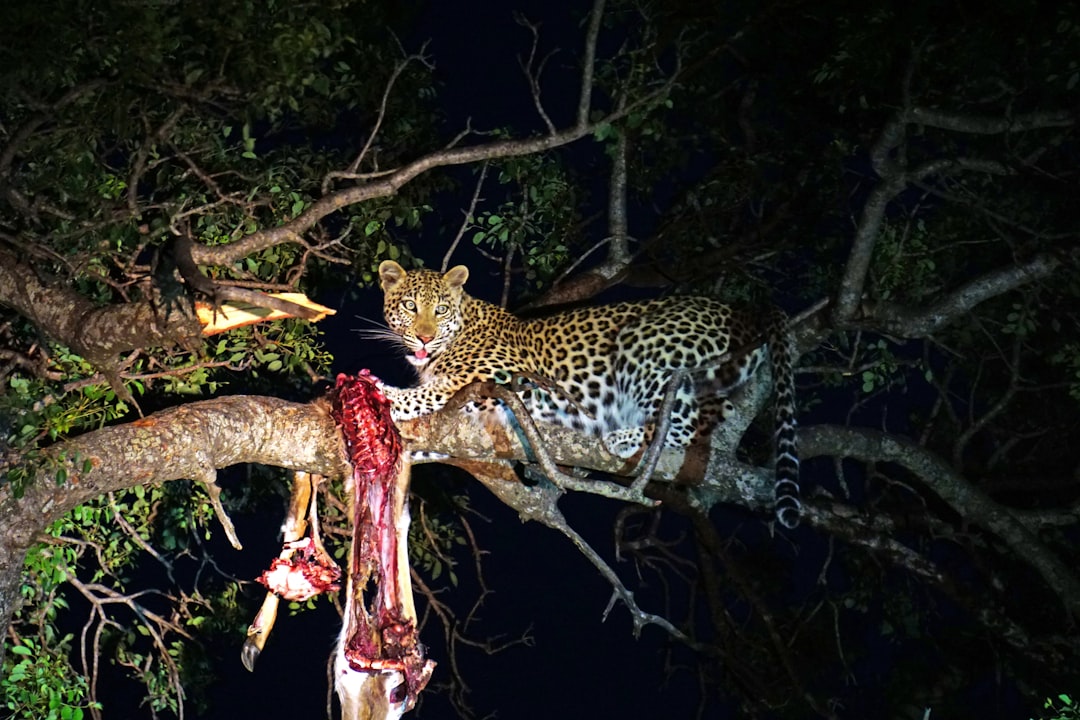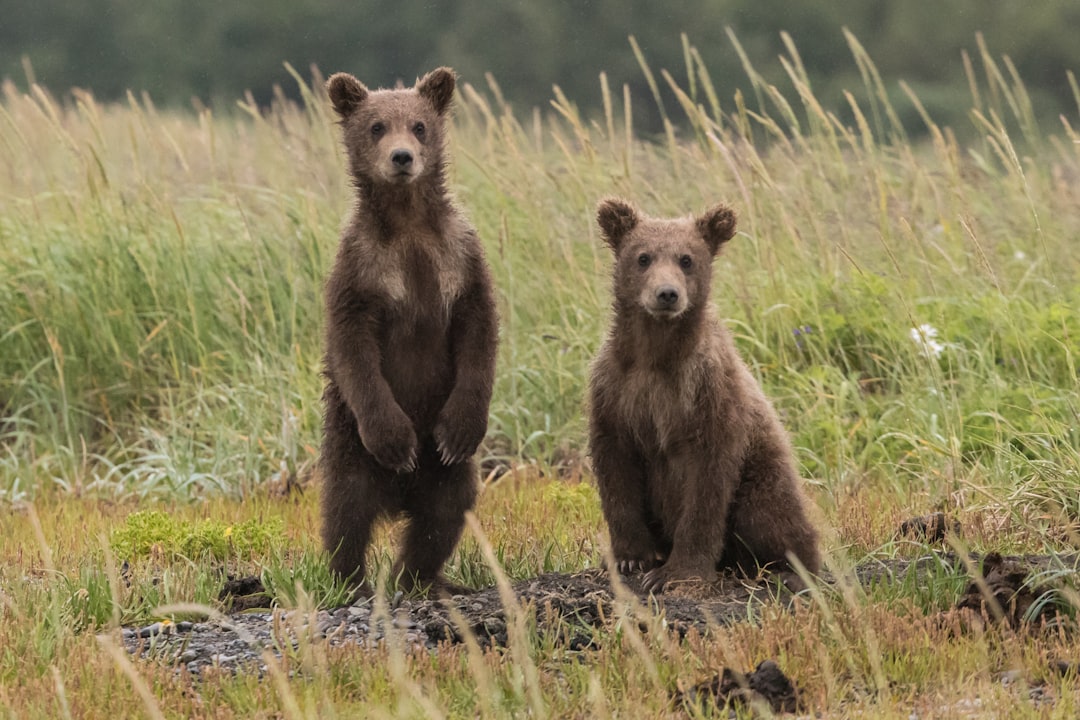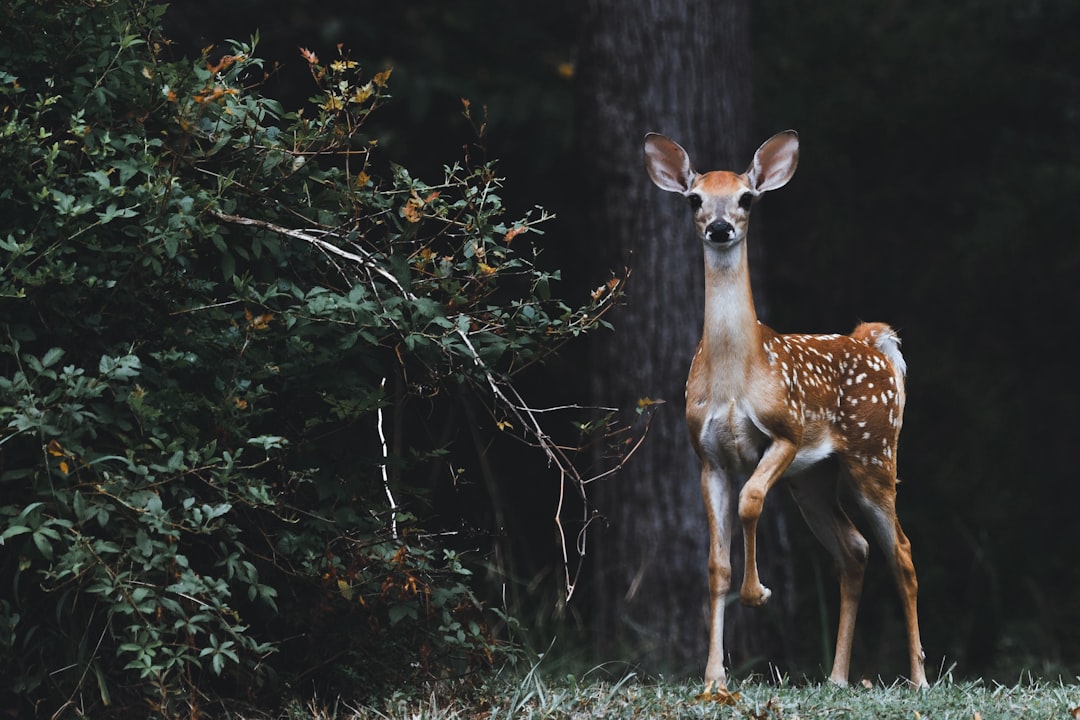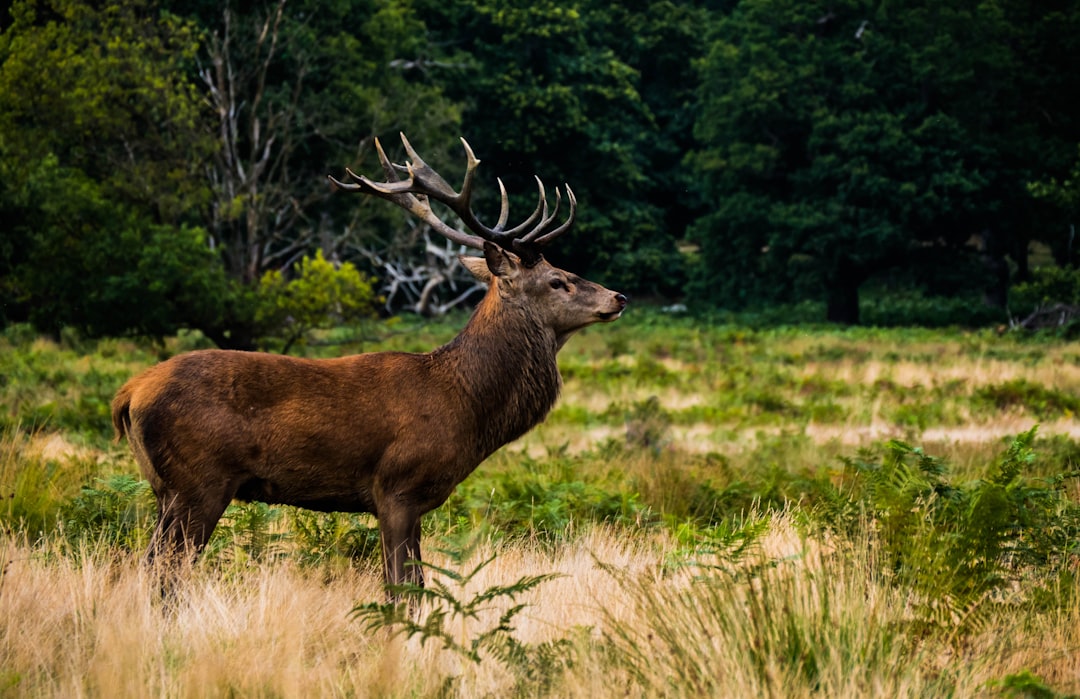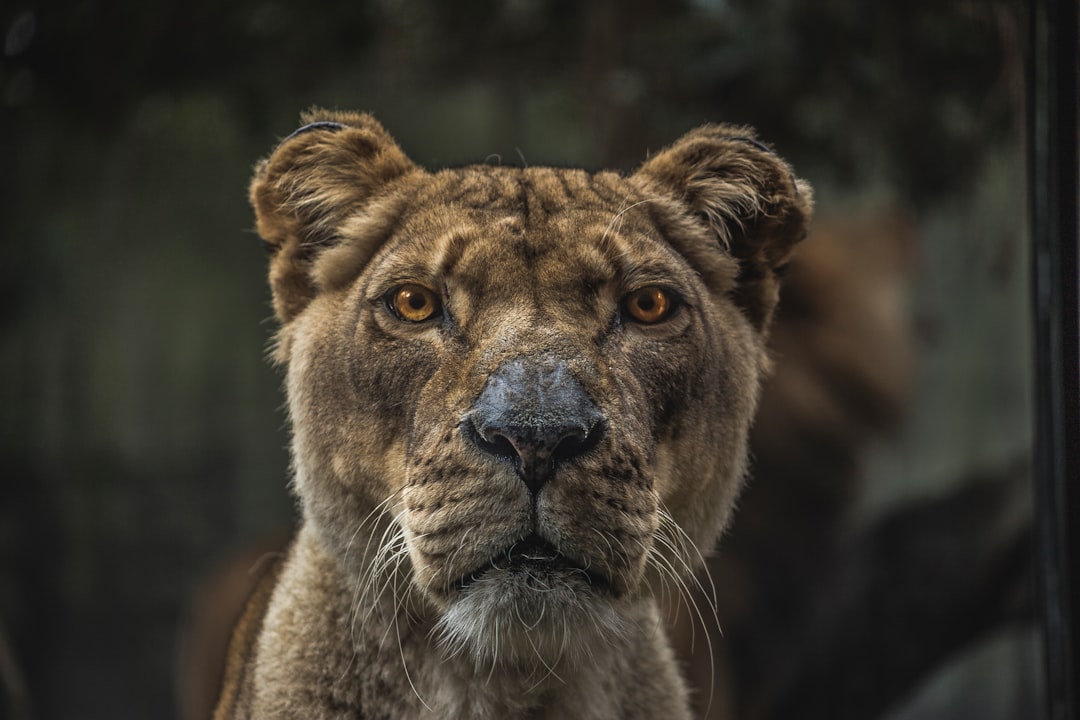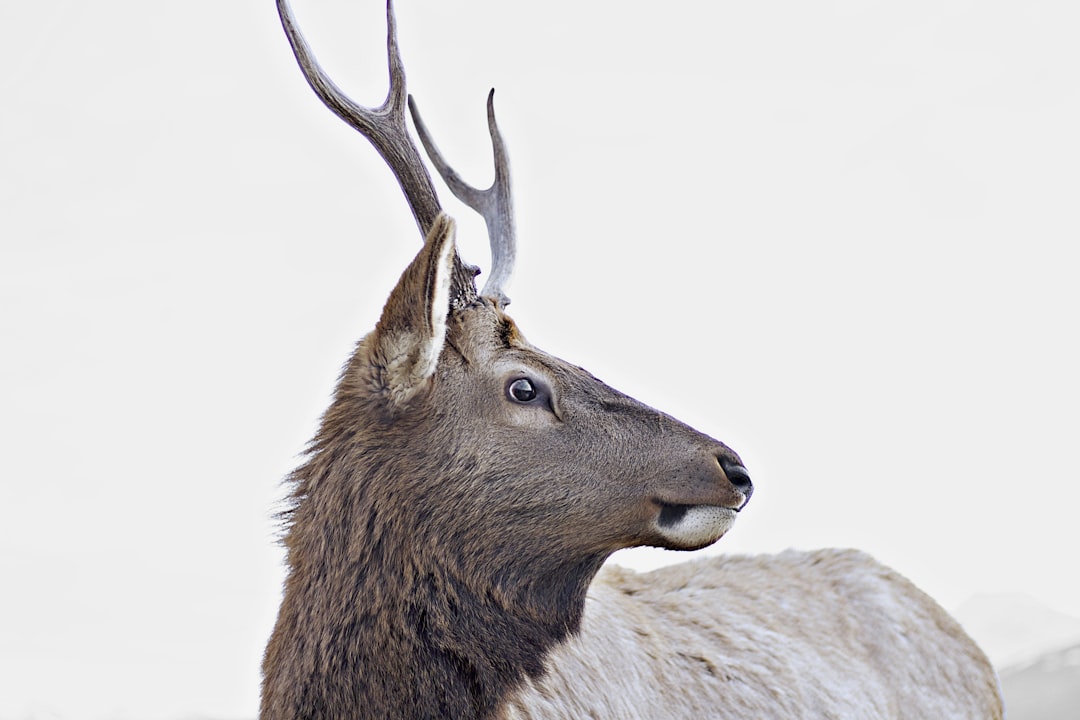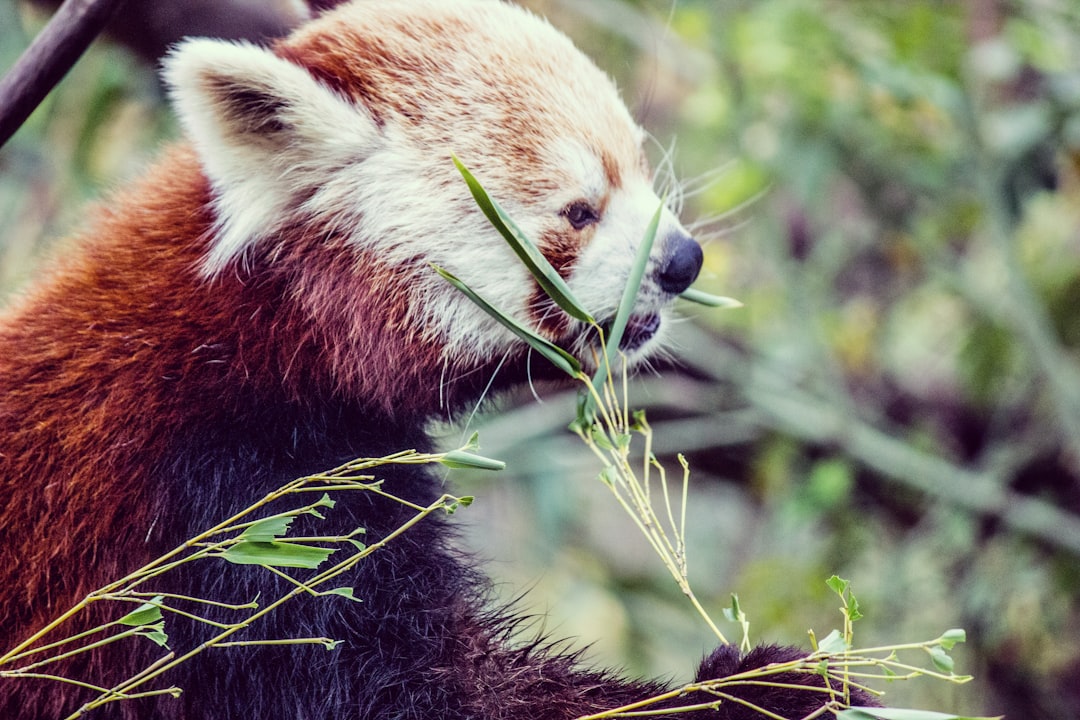Your best wildlife images are created with a combination of technical expertise, planning, patience, and luck. However, even the most skilled photographers struggle to catch the perfect image of a leaping or running animal. The challenge is to capture motion within the context of a still photograph and this can be a lot more difficult than you might think. In this section, we look at the techniques you need to capture great images.
Table of Contents
Keep your camera steady.
It’s all too easy to take a blurry photo when you’re shooting from a moving vehicle or boat. Before you shoot, be sure your tripod is firmly fixed on the spot you want to take the picture from. The tripod should be placed on solid ground. Once you’re ready to shoot, you can set your exposure time, focus, aperture, and shutter speed, but before you do this, you’ll need to make sure that your camera is focused on the object you want to take a picture of. It is not always possible to make a camera focus on an object in motion, so check to see whether autofocus is available. This will mean that your camera will lock onto the subject and track its movement.
Watch your composition.
Try to make your photographs as clear and simple as possible. An empty background helps make your subject more prominent, and the less clutter there is around your subject, the easier it will be to catch an interesting moment in action. The best wildlife images are those that capture a natural action. Don’t force a moving animal to do something unnatural; for example, try to avoid making it jump through hoops to land somewhere other than where it naturally would. In most cases, the best way to get a good picture is to simply wait patiently and watch what happens.
Use your lens creatively.
Some lenses are better at close-up shots while others are better at faraway shots. To take pictures of a small animal, you can use a zoom lens. Zoom lenses allow you to move in and out to get closer to your subject. However, these lenses can cause distortion when used to shoot at long distances. A wide-angle lens can help compensate for the distortion caused by the zoom. Another option is to use a macro lens. This is a special type of lens that allows you to take pictures of small objects up close.
Shoot in RAW mode.
When you shoot in RAW (digital) mode, your camera will store the full spectrum of colors in your pictures, including details such as shadows, highlights, and midtones. This means that you can process your photos later to create images with more detail. Processing is the process of changing a RAW file to a finished, “edited” image. Processing can be done using your computer, but there are a number of processing programs that can be downloaded free of charge online.
Capture more than one frame per second.
Sometimes, you will be able to get more than one frame per second when you’re taking a series of photos. If you can, be prepared to do this as your subject is in the process of making a leap or bounding along the ground. If you can’t do this, however, then just be patient and wait for the best moment to occur.
Have a tripod.
If you have a steady hand and want to shoot from a distance, you’re in luck. A tripod will enable you to stand still and take the perfect shot. Some tripods can be folded down to a compact size and you can carry this in your pocket.
Choose the right lens.
A good starting point is to choose a zoom lens. These are versatile and will cover most situations. They will also allow you to focus on the subject as you wish. Once you have mastered the zoom lens, you might consider moving on to a prime lens. These are fixed focal length lenses and work well when you want to make your subject the center of attention.
Get to know the settings.
Once you have the settings you need for your subject, it’s time to focus on getting the most out of the camera. When shooting with a zoom lens, you will often find yourself using the ‘auto’ setting, which will ensure you get the best out of your camera. You can also get to know how your camera handles particular situations. For example, if you are taking pictures of a baby animal, you will want to be aware of the ‘focal length’ setting. Some cameras have a ‘wide angle’ setting that enables you to fit more into the frame. It will vary from model to model, but it’s worth finding out what your camera has to offer.
The best time to shoot wildlife is when they are in motion. This means that your camera settings will be different to those of a static shot. You’ll have to use a shutter speed slower than usual to allow for the motion of the animal. If your shutter speed is too high, you’ll end up with blurry images. You’ll also have to adjust your aperture to take advantage of the long depth of field. Experiment to find your best settings, which will depend on the subject, the light and the lens you’re using.
Keep practising.
It will take you some time to get good at wildlife photography. Even experienced photographers take time to practice their craft. Don’t give up if you feel you’re not doing as well as you’d like. Keep trying. If you feel you need a little guidance, ask at your local wildlife society. They’ll be able to point you in the right direction.
Take a lot of photographs
The main thing you need to do to improve your wildlife photography is to take lots of photographs. Your job is to capture a fleeting moment, so that the animal has a chance to move on and do what it needs to do. Take a lot of photographs, using whatever camera suits you. Don’t worry about how they look, just worry about getting the shot.
Try new techniques
The more you practise taking photographs, the better you will become. One way to develop your skills is to experiment with different types of picture. You can make a portrait photograph of a flower or landscape, for example. Or you can take a close up picture of a tiny insect on a leaf. Try looking through the viewfinder of your camera to see what type of image you get. Experiment with lighting to create a dramatic picture. You might use a flash, use your torch or play around with your settings.
Develop a good eye
It’s not easy to get a good picture, but it is possible to learn to do so. If you are photographing animals, you will find that you will get better at spotting interesting subjects. Once you start looking, you will begin to notice that things are interesting, then you’ll spot a butterfly, a bird or a butterfly, and eventually you’ll get a really good photo. So look for things that interest you and focus on improving your photography.
Know what you are trying to achieve
When you take a picture, you’re not just shooting in the hope of getting a good shot. You want to capture the moment of an event or a particular scene. The more you know about what you’re trying to achieve, the more likely you are to get what you want. This can be tricky when you’re not sure what you’re trying to achieve, but it’s worth spending time to think about what you want to do. This is often helped by writing down ideas, rather than just talking about it.
Be prepared.
You don’t always have to be right there when the animals are active. You can photograph them when they are resting. Look for places with plenty of shade, or in a meadow or river where there are few plants and no direct sunlight. This will keep your animals safe from predators and will give you a variety of shots. You can take pictures in the morning, midday and evening and you’ll be surprised at how different the lighting will be.
Take some time to prepare yourself for wildlife photography. Find a quiet place where you won’t be disturbed by other people or noisy traffic. Try to avoid wearing clothing that will get caught in branches or leaves. It’s best to carry a small notebook and pen, as you may need to write down details of your image, such as the time and date, where you were standing and how the weather was. It’s also important to have a sturdy tripod or a steady stand to prevent your camera from shaking and ruining your picture.
Be prepared to edit your pictures.
If you are happy with your images as they are, you can save a lot of time and effort by not editing them. However, in order to take the best pictures you can, it’s worth learning how to edit your images to get the best results. Editing software will vary between programs, but basic functions include cropping images, sharpening, resizing, and applying special effects.
What do you look for in a subject?
I really enjoy animals that are wild. If I’m photographing a bird, I’ll generally go to a park or reserve to find something interesting and exciting to photograph. There are lots of species that are fairly common, but that are often overlooked because they aren’t in our gardens, or we see them while they are being fed in a zoo.
I’ll spend time studying the behaviour of the animal and what it likes to eat. I’ll observe what they do in the wild and what they do when they are being fed. The feeding time is also the time when I’ll try and photograph them from a different angle, perhaps a shot that is more flattering to the subject.
It is also important for me to understand the movements of the animal. It’s not unusual to watch an animal moving about in a particular way and, once you’ve seen it a few times, it becomes second nature. I’ll then use this knowledge to compose a picture that captures the movement.
How would you describe your approach to wildlife photography?
I think it is about being patient and observant. As soon as you spot an animal, or hear its call, you should be ready. If you are photographing in a place where there is a lot of noise, such as a noisy city, it can be difficult to hear what is going on around you.
If you are using a digital camera, you can use the ‘sound’ option that many modern models have to record sounds made by animals and birds. It is really important to know what the animals sound like when they are in their natural surroundings. If you aren’t sure, check out the internet for information on birds and other animals. It will help you to learn more about their calls and how they sound.
What is the best advice you can give someone wanting to improve their wildlife action photography?
The best advice I can give anyone who wants to become a wildlife photographer is to learn to study animals. Take your time and be observant and patient. Spend a lot of time watching animals, particularly in the wild. Then, when you come across something interesting, keep a close eye on it. It will be easier to compose your picture if you know what the animal will do.
You can also develop your photography by looking at other people’s work. Find out where they are working and what kind of subjects they are photographing. You can also search online for other people’s wildlife photographs.
If you are new to wildlife photography, it is important to learn as much as you can about what you are going to photograph. Find out as much as you can about the animals that you plan to photograph. This will help you to take good photographs. For instance, you may learn that a particular species eats certain types of fruit, which could help you to get the best shots.
Once you’ve taken the time to learn about your subject, it is time to start thinking about how you are going to take your photographs. If you are taking photographs in a park, or similar setting, you will probably want to consider the light. It is essential to think about whether you will need to use a flash or not.
Another thing to think about is composition. You should be able to decide in advance which parts of the picture you will be interested in, as well as where you will be able to get the best shot. This is usually a combination of the animals and the setting in which they are photographed.
Do you have any tips on improving wildlife action photography?
It is important to understand what you are trying to photograph, and not just concentrate on the animals. Look around you as well, as you will be able to notice details that will help you to make the picture more interesting.
When you first start out, you may be tempted to use a wide-angle lens. However, this will not give you the best pictures. It is better to choose a normal lens that will allow you to get closer to your subject.
The key to a successful wildlife action shot is good timing. When you’re photographing a bird, it is vital that you get the shot right as soon as you see it. If you miss it, it will be gone for good. It’s no good starting to take your picture and then having to return to it later.
There are some general tips that apply to all wildlife photography:
Think about the weather. If you are planning a shoot in cold conditions, you may want to think about putting your camera in a heated case. If you are shooting a subject in bright sunlight, you may want to put a filter over the lens to cut down on glare.
The more you practice, the better you will get at wildlife photography. Don’t be disheartened if it takes a while to get the best results. Even though wildlife photography is a great hobby, it can take time and efforts to master.
Be careful when taking wildlife action photos. If you are new to taking wildlife photos this can be very easy to get into trouble.
Wildlife photographers often use high speed flash to freeze the action. This can scare off wildlife and cause damage to their eyes and hearing. If you need to use flash then make sure you use the lowest possible flash power setting.
Never walk close to the animal you are photographing. Wildlife is often nervous and can quickly move away. Also be careful of their babies.
Photographs taken through glass or other transparent surfaces such as water or snow can be difficult to get correct focus. Check to see if there is a polarizing filter on your lens.
A good way to photograph wildlife is to use the rule of thirds. Find a natural background and place your subject in the middle of the frame. Try to put some interesting shapes or patterns around the subject so that the image will have more interest.
Wildlife Action Photography Examples

Conclusion
If you’re a wildlife photographer, you may be wondering if it’s possible to improve your wildlife action photography. In summary, there are a few tricks that can be used to get better results. The most important ones are:
1) Focus on your lighting. This can be difficult to do, but when done correctly it can make a huge difference in your photo.
2) Use the right lens. If you’re using a zoom lens, make sure you’re using it correctly. A zoom lens can make it seem like your camera is closer to your subject than it really is.
3) Make your subject look bigger. When you use a long focal length, the subject looks small. However, when you take the same shot with a shorter focal length, it makes the subject look much larger.
4) Be creative with composition. Composition is the art of creating a visually pleasing image. There are many different ways to do it. If you’re new to it, practice a lot until you start to see how it works.
5) Study the light. When you’re shooting wildlife, it can be tough to capture a good photo because of the light. If you want to improve your photos, you need to study the light.
6) Practice. The best way to get better at anything is to practice. Spend time with your camera and take pictures of everything.
7) Get feedback. Once you get some feedback from other photographers, you’ll be able to see if you’re heading in the right direction.



